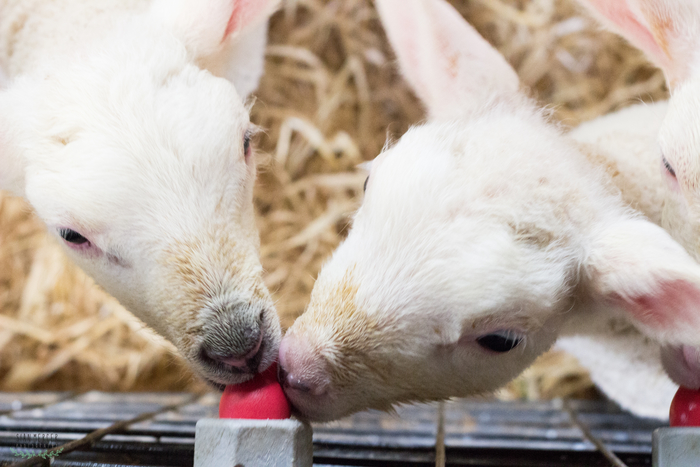One in five sheep producers are still cross-fostering third lambs onto single-bearing ewes and about 30% are continuing to bottle-feed orphans despite the significant extra labour input required to carry out both these traditional rearing practices.
That’s the feedback from just under 350 (346) sheep farms responding to a November 2017 online survey carried out by Volac Lamlac, which suggests only half the GB market is taking advantage of modern feeding and rearing technology to boost animal performance and make their life easier.
The research gives an interesting insight into current surplus lamb rearing practices. Not surprisingly, the lambs being reared artificially are those from triplet-bearing ewes in the main, together with any orphans. Just under 80% of farmers say that if a ewe has had triplets one lamb would be removed and reared artificially.
“Interestingly, though, only one in three farmers choose the odd one out in a group of three, which is what we would recommend,” commented Abi Erian from Volac. “It’s always best to leave a balanced pair of lambs on the mother. Everyone else is employing a mix of criteria to make the choice.”
Surplus lambs can now be reared very efficiently artificially and without the problems associated with fostering onto an unwilling single-bearing ewe using its amniotic fluid.
“With good husbandry, organisation and the right milk replacer there’s no doubt you can produce good quality lambs, as well as save hours of effort and hassle,” Ms Erian said.
Depending on the number of surplus lambs on a sheep unit, newborns can be easily fed warm milk via good value teated bucket feeders or reared automatically by a more sophisticated computerised feeder, which dramatically cuts the time spent mixing milk and feeding lambs. Milk is consumed little and often, which means faster growth rates and less risk of digestive upsets.
“Provided you maintain good levels of hygiene and offer fresh water alongside creep feed, you can be confident in machine-supported rearing of those extra lambs. It’s also highly cost-effective with margins of £15-£25 a lamb being achievable (over lifetime feed cost), based on previous years’ lamb prices,” said Ms Erian.


